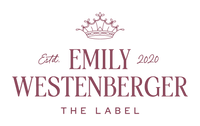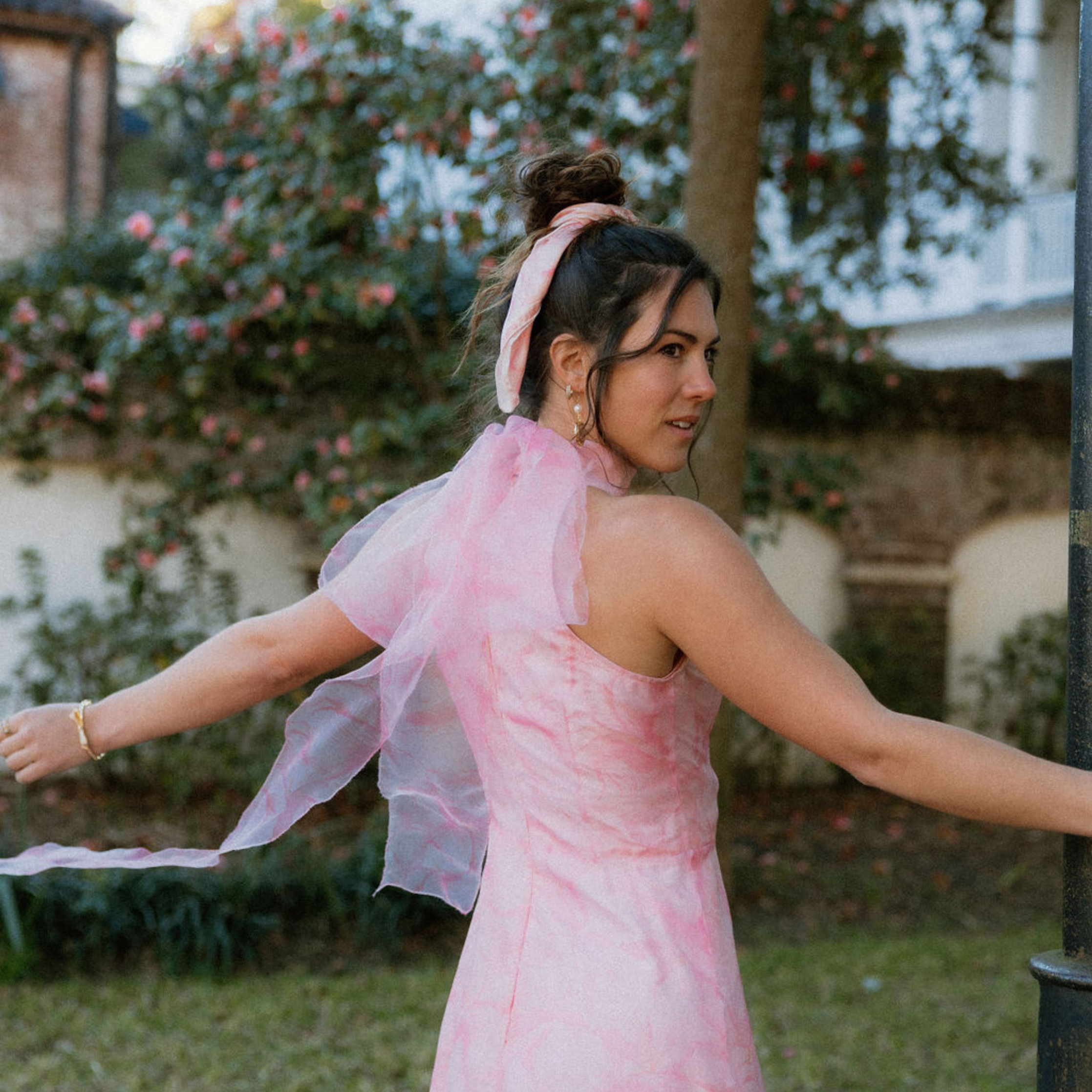How to Create a Mood Board and Unlock Your Creativity

Last week I talked about finding inspiration, so it’s the perfect transition into mood board creation, which for me is a key part in designing a collection in fashion. I want to share with you tips from my personal process, so you can see how ideas and designs are generated from mood boards.
The purpose of making a mood board- at least for me- is to evaluate how my ideas are working together. I love this part of the process because you really get to work your creative muscles. Everyone can be creative. It’s all about practice unlocking this skill in your mind.
If you don’t know where to start, one thing you can do is create an idea map. List ideas that you find attractive or fascinating and from those ideas list what it means to you. It’s sort of like a stream of consciousness, so don’t censor yourself.
Next, translate ideas to visuals. So for example, if you wrote down decaying as an idea, you might want to find images with neutral colors and think about utilizing raw seams to show deconstruction in your designs.
I encourage you to spend time on ideas that might not be conventionally beautiful. Something you consider ugly could be incredibly enlightening. Subtle imperfection and real life images are what will resonate with you more deeply.
Now I usually go online and start looking at images that inspire me and fit with the mood I want to create. You can use free online images from sites like Unsplash or Burst. My favorite is Pinterest. It’s very smart and will catch on to the mood you are creating. For example if you pin a lot of neutrals, it shows you more of neutral photography. The platform is basically one big mood board.

Color is very much connected to your emotions. I think it’s a good place to start if you are unsure. You can focus on certain images with contrasting colors or color similarities. You can think about how you would tell a story with color.
Don’t limit yourself to a certain type of image. We can find beauty not in things themselves but in patterns, textures, light and shadows, or contrasting colors. A mood board should almost be like a sensory experience for the audience and for yourself.
I would like to share this quote from Aristotle:
"The senses are the gateway to intelligence. There is nothing in the intelligence which did not first pass through the senses.”
Aristotle refers to the perception of recruiting all senses, the impression they have on the body, and how that shapes and informs a person's interaction with the world. I encourage you to keep this in mind while collecting images.
Texture for example, gives a third dimension to things. It is very alive, but also very abstract. Most textures cannot be described using words, making them perfect to create a sensory experience with your mood board.
You can have varied textures, dimensions, shapes. This is an example of how I took the images and made notes about what I like about them. You might notice trends in textures, colors, or shapes. You can start thinking about how you can translate that into a design.



You’ll also notice I included different types of fabrics. You can experiment with burning or melting fabrics and see what happens. You can really explore your own creativity.
After going through your process book, you can take a step back and see what is consistent. Once you make that conclusion, you summarize it in 5-7 images. Some people like very collage-y mood boards. I think it’s more impactful to choose a few strong images. It is good practice to observe shape similarities and color connections. Seeing shapes and colors without thinking about what they actually are is freeing for your creative mind.
You can also start thinking about composition— which image goes where. What will make the mood board the most impactful. Composition guides the eyes and mind toward what you perceive as the most important part of your piece. It transforms ordinary objects and what was previously dull to thought-provoking art. I would suggest ordering things and seeing how they relate to each other. You can experiment and train your eye to focus on different colors, lines, and shapes. This gives the images relevance and awakens fresh connections.
Remember it doesn’t matter the difference between brilliant and average minds, everyone is creative. Through practice like making a mood board, you can enhance this side of your brain.
If you want to see an example of a style that came out of my mood board, you give a comment below, and I will be happy to make a video and show you garments that have come from a mood board.
Watch the Full YouTube Video Here:
What to watch next?
If you haven’t seen my video or read my blog on where inspiration comes from you can click here. And stay tuned for next week’s blog and video on sketching.
Follow me on:





